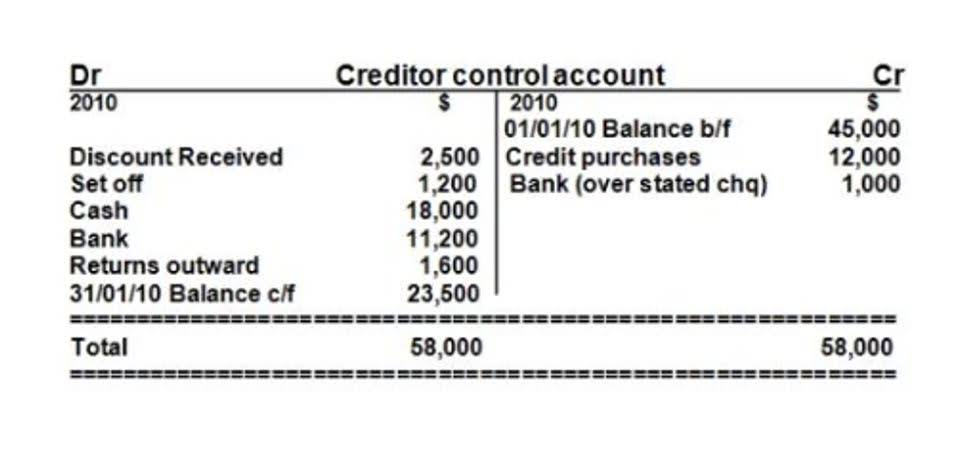
There is no agreement as to the meaning of materiality and what can be said to be material or immaterial events and transactions. It is for the preparer of accounts to interpret what is and what is not material. His supply of capital does not change, but the composition of the business assets. Only transactions supported by evidence, such as a receipt or invoice, should be recorded. An asset, liability, or equity investment must be recorded at its original purchase cost.
Expenses directly related to generating revenue
We’re going to look at what is the matching principle, why you need to understand it and an example. Because of this, businesses often choose to spread the cost of the building over years or decades. Account teams have to make estimates when there is not a clear correlation between expenses and revenues. For example, you may purchase office supplies like pens, notebooks, and printer ink for your team.

Slavery Statement

Investors, creditors, and other stakeholders rely on financial statements to make informed decisions. The matching principle ensures the information they receive is a true representation of the company’s performance, fostering trust in the company’s financial reporting practices. It is an accounting principle that ensures that expenses are recorded in the same period as the revenue they help the organization generate.
Revenue Reconciliation

Financial reporting is the process of preparing and presenting financial statements. It is important to follow accounting resources, such as Generally Accepted Accounting Principles (GAAP), to ensure that financial statements are accurate and consistent. Following GAAP ensures that financial statements are comparable across different companies and industries. Also, when your financial statements accurately reflect a company’s financial health, it boosts your investor and creditor confidence. This makes them more likely to keep funding your organization, making it easier to raise funds for growth and expansion.
Revenue Recognition Under GAAP and IFRS
- Due to this lack of direct relation, businesses will generally spread the cost incurred in purchasing property for the business over several years or even decades.
- Based on the Matching principle, the Cost of Goods Sold should record the period in which the revenues are earned.
- Accrual accounting provides a more accurate picture of a company’s financial position because it takes into account all of the company’s transactions, including those that have not yet been paid for.
- Income statements are particularly impacted, as the principle ensures revenues and expenses are reported together, leading to an accurate depiction of net income.
- Double Entry Bookkeeping is here to provide you with free online information to help you learn and understand bookkeeping and introductory accounting.
- Business runs with the well-known concept that in order to make money, it is essential to spend money.
If the units were not faulty the costs would be matched against sales of the product as part of the cost of goods sold (as described above). However, in this instance the units are faulty and will not be sold and therefore the business cannot expect a future benefit from the costs incurred. The matching principle requires that the costs are treated immediately as an expense in the current accounting period. The image below summarizes how the income summary matching principle is part of the accrual basis of accounting. A business selects a time period for its accounting (year, quarter, month etc) and uses the revenue recognition principle to determine the revenue for that period. Based on this time period and revenue recognized the matching principle is used to determine the expenses to be included.
Financial Close & Reconciliation

There are times when it’s harder to Accounting for Marketing Agencies understand if expenses generate revenue or not. In those cases, you probably have expenses indirectly linked to revenue, like employee bonuses. Whenever an expense is directly related to revenue, record the expense in the same period the revenue is generated.
Helps determine the company’s financial status by keeping financial statements consistent
The matching principle requires expenses to be recognized in the period in which the related revenues are earned. This ensures expenses are matched with revenues generated, providing accurate financial reporting. Both principles work together to ensure that financial statements accurately reflect the financial performance of a company over a given period. Revenue is recognized when it is earned, and expenses are recognized in the same period as the related matching principle in accounting revenue.
